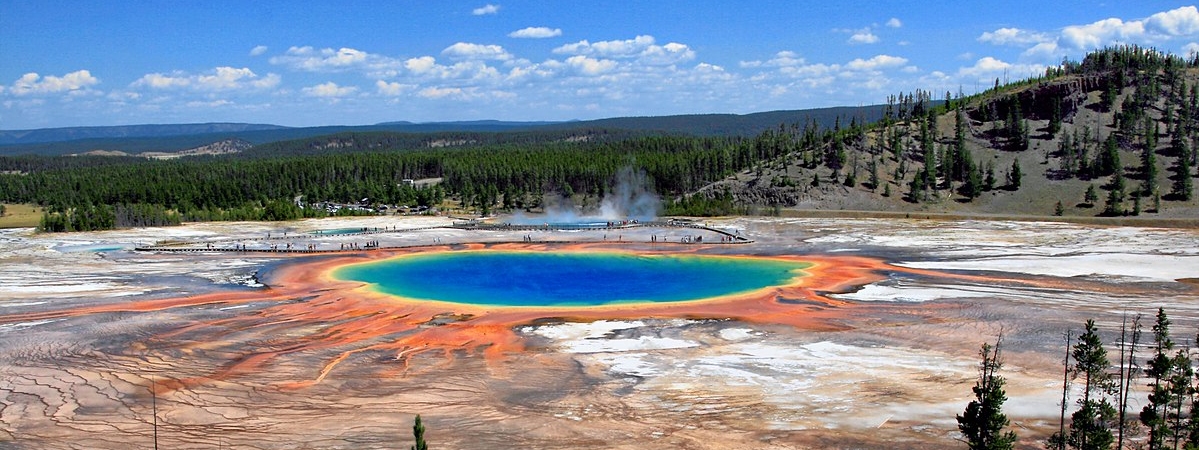
(Images copyright Mark Armitage. Click for source)
A couple of years ago, I wrote about the remarkable dinosaur research being done by microscopist Mark Armitage. The story discussed two scientific articles he wrote about finding soft dinosaur cells in a Triceratops fossil. Well, Armitage is continuing his research at the Dinosaur Soft Tissue Research Institute in the state of Washington. The pictures above represent some new results: soft bone cells from a Nanotyrannus fossil.
Now whether or not there is such a thing as a Nanotyrannus is actually a matter of debate. Some paleontologists think the fossils are really from a juvenile Tyrannosaurus. So it might be a different species, or it might just be a juvenile form of an already-known species. Regardless of which is correct, it is well accepted that these fossils have been found in Cretaceous rock that is supposed to be about 65 million years old. It’s hard to understand how any cellular material could have survived for that long without being fossilized. Nevertheless, the cells that Armitage has extracted from the fossil are soft, as shown in the video below.
Of course, it is always possible that the cell is not really from the dinosaur. However, that’s a bit hard to believe. It came from a bone, and it has all the visual characteristics of an osteocyte, which is a bone cell. I can’t think of any possible contaminant that has the size, shape, and filipodial extensions that you see in the video. Also, remember that Armitage previously extracted soft bone cells from a Triceratops fossil. Thus, if this is a contaminant, it must be common to two completely separate fossils (or somehow introduced by Armitage’s process, which once again, is hard to believe).
I think it is reasonable to conclude that Armitage is, indeed, isolating soft dinosaur bone cells. He plans to make a presentation at Lower Columbia College in Longview Washington, on October 5th 2019, at 7 pm. In that presentation, it looks like he will also discuss how the soft tissues from which his cells are isolated react to stains for DNA and RNA. I won’t be able to make it, but I sincerely hope that it is recorded and that Armitage eventually writes another article about his continuing research!









